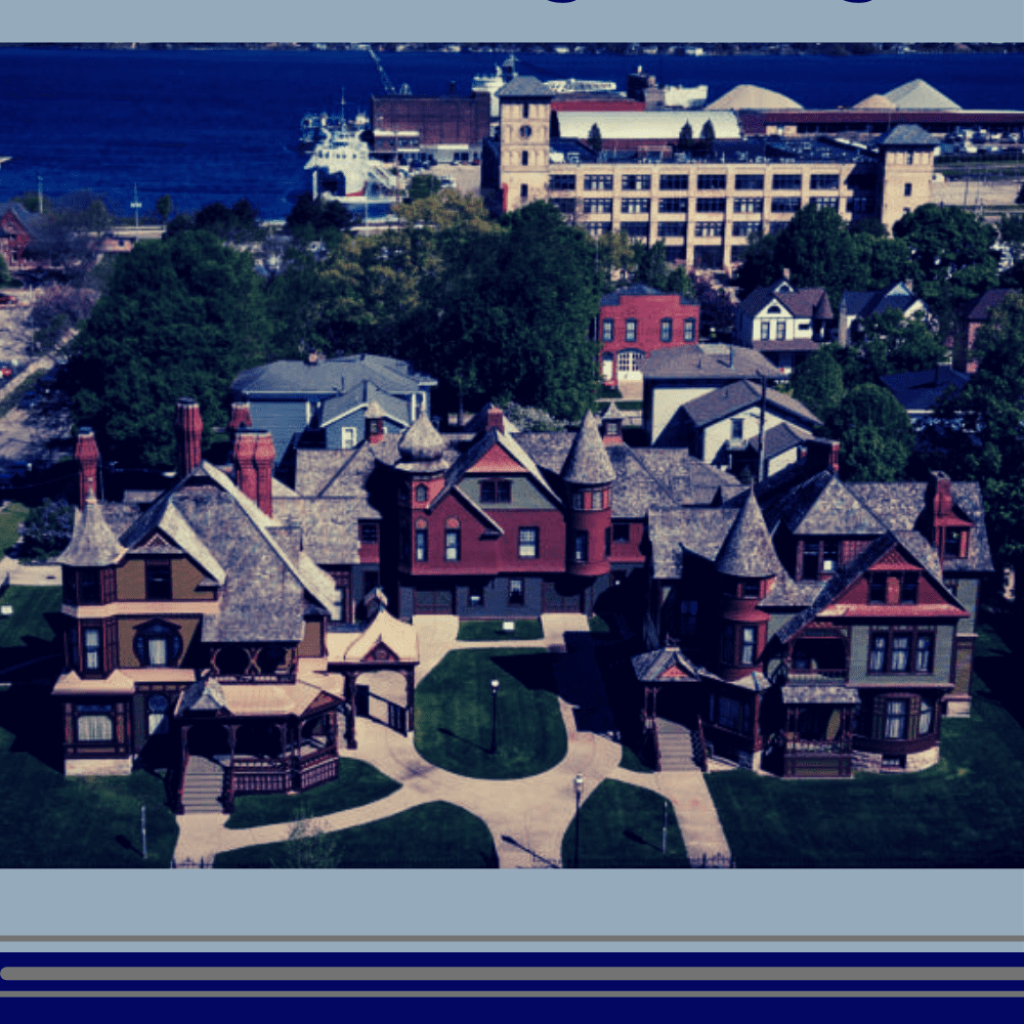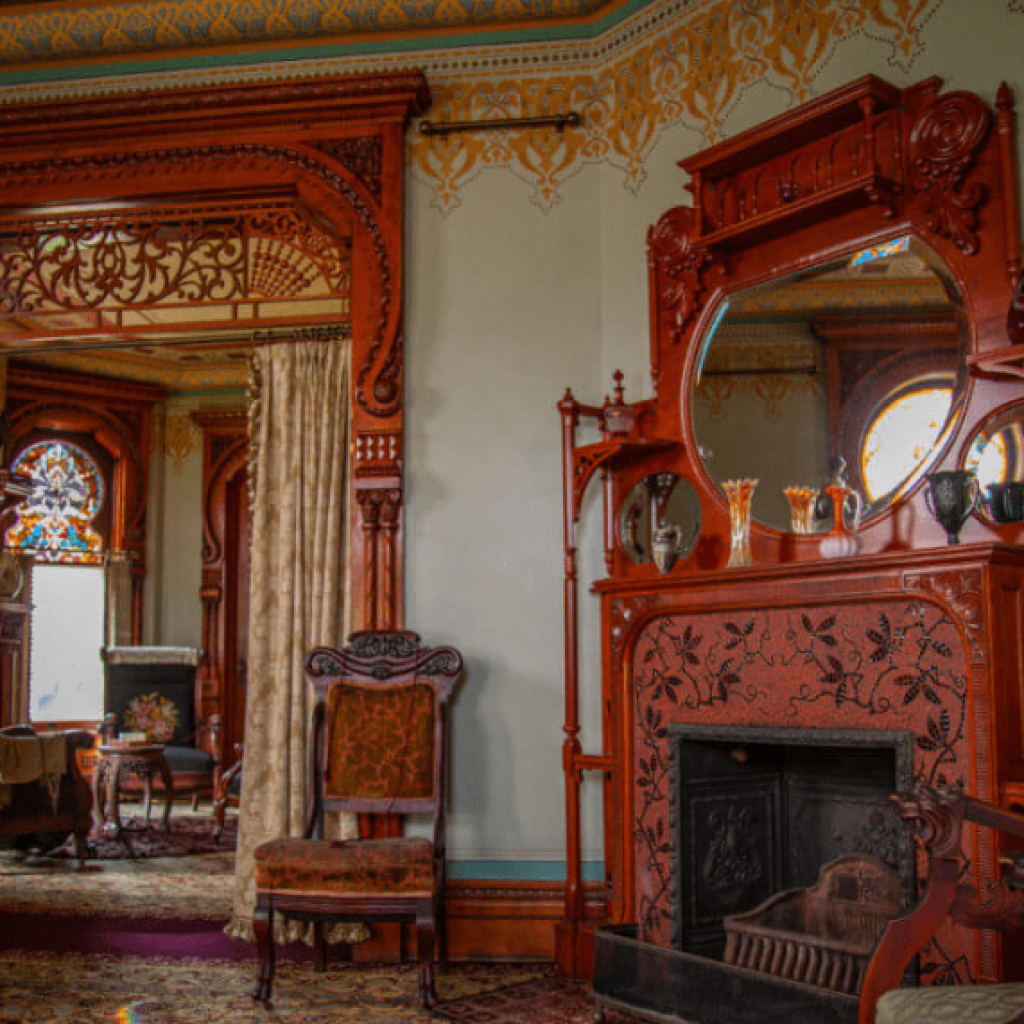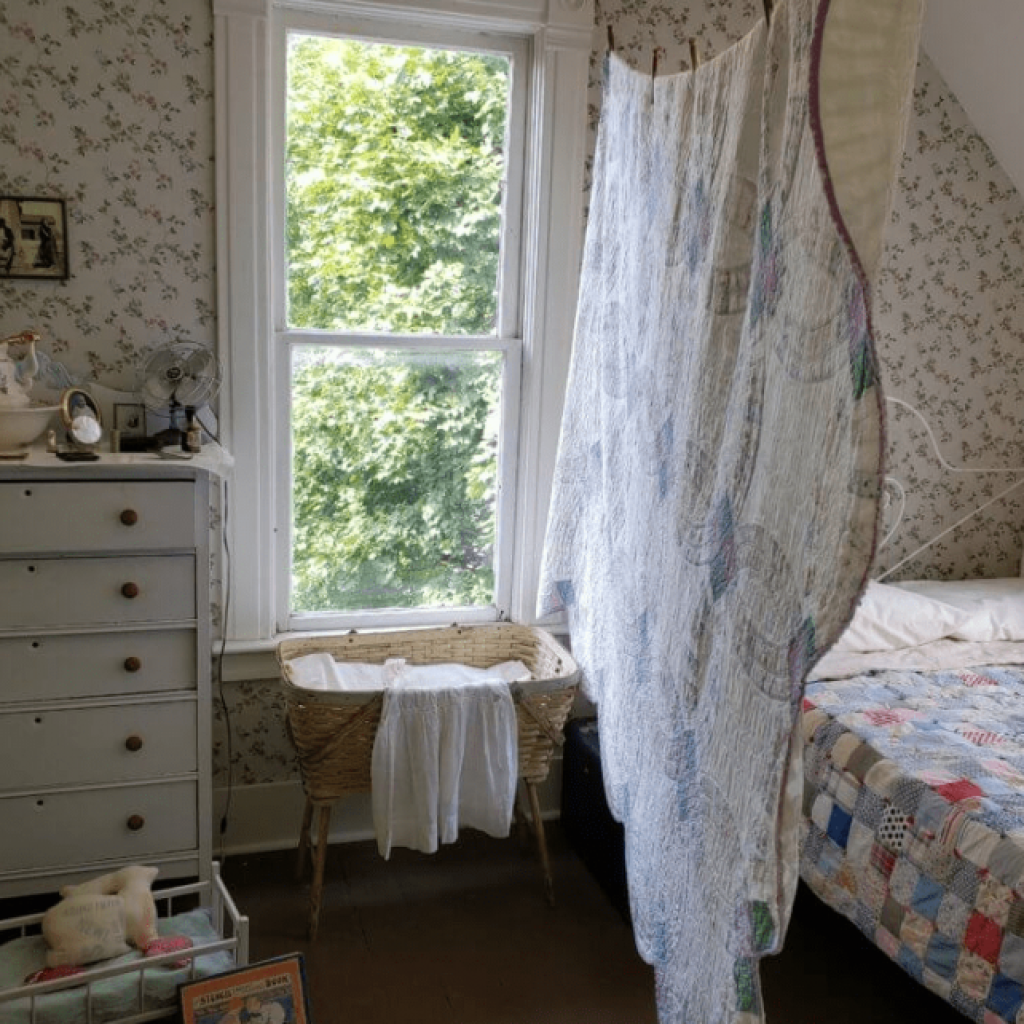
A Visit to Muskegon, Michigan
Located on the southwestern edge of Michigan nearly opposite Milwaukee,Wisconsin, Muskegon is part of a triangle of history on lower Lake Michigan along with the city of Chicago. This area came into its own in the late 19th century and is reflected in the architecture found there. A stop in Muskegon offers you the chance to step back in time to a trio of very different homes. All worthy of our attention and well worth visiting. They tell the story of two different eras – first a booming timber industry with plenty of new European immigrants to do the work, and once that dried up, the depression era arrived not long after. Stop in Muskegon and travel back in time…
The Hackley and Hume Historic Site
Arriving in Muskegon, and not far from the waterfront, you’ll find a trio of well preserved and elegant Victorian era homes. Once the homes of business partners Charles Hackley and Thomas Hume, who made good in the timber industry. They built homes next door to each other, with the two homes sharing a central barn where their horses and drivers lived. The Hackley and Hume Historic Home Site is a destination where it is easy to spend hours exploring and admiring the craftsmanship that went into building and refurbishing the old homes. Although built at roughly the same time and of similar styles on the exterior, the homes are quite different once you step inside. Enter the Hackley House and you are immersed in a world of exquisitely carved wood detailing, stained glass windows, and richly colored fabrics. Enveloped in a warm and cozy den that would be so welcoming on a cold winter’s night. Draw closed the curtains to keep out the draft and feel the warmth of this elegantly detailed home.
The Hume household is just as elegant, but with a little more restraint in the decor and more in keeping with a man with a large household requiring 9 bedrooms. The restoration undertaken by the Lakeshore Museum of the houses is remarkable with exceptional care taken to restore the homes and the stunning wood carvings, stained glass, and onion domed turrets on the roof. Even with today’s technology, it takes a talented team to re-roof these elaborate rooflines. Look up and you’ll notice an unusually shaped chimney. Nothing is “usual” here at all! Continue looking up when you’re inside and you’re likely to find a carving of a bat with wings outspread, carvings of men’s faces on the trim work similar to what you’ll find at the Hospices de Beaune in France, or a newel post on the staircase shaped like a tiger’s head. The craftsmanship that went into the design of the house is remarkable and reflects the great wealth of the men who built them, when Muskegon was the “Queen of the Timber World.”
The Scolnik Depression Era House
A contradiction to the grand wealth found in the Hackley and Hume houses, the Scolnik “Depression” house is much more down-to-earth. It showcases not great wealth, but great simplicity, when families had to “make-do” with what they had on hand without much money to spare on such luxuries. As if stepping back into a grandparent’s photo album, each room is focused on life as it truly was for most middle-class America during the Great Depression. While not a house of sadness, it is more a testament to the simple pleasures found before the today’s era where many children play baseball on their television sets instead of stickball out in the street. The rooms here are filled with make-do bassinets created from an old picnic hamper, hand-sewn quilts from old clothing, and kitchen cupboards filled with home-canned food. Rooms come alive with the sounds of a period radio playing – those of a certain age will feel as if they are a child once again and have stepped back into a time machine. Those who did not experience first hand will walk away with a greater appreciation for the life of their parents and grandparents – if they are paying attention.
The key to a museum like this is to put yourself into someone else’s shoes for just a bit and imagine the daily life without washing machine to do your laundry, dishwashers to wash your dishes, robots to sweep your floors, and “electronic assistants” to tell you the weather forecast. Seek out the imaginative toys children played with, music the parents listened to every evening, and the basic kitchen (without air fryers and panini presses.) Yes, they were simpler times, but they were a lot more work, too. Step inside the time machine and see what you find. The three museums may sit side by side, but couldn’t be a more obvious contradiction in lifestyles which make them so fascinating to visit.
Stop in Muskegon on a Great Lakes cruise:
Great Lakes & Thunder Bay- Victory II
Roundtrip Chicago
- 15 Nights
- May 29, 2025,June 12, 2025
- From $8,699
- Victory II
Save this story to Pinterest:





